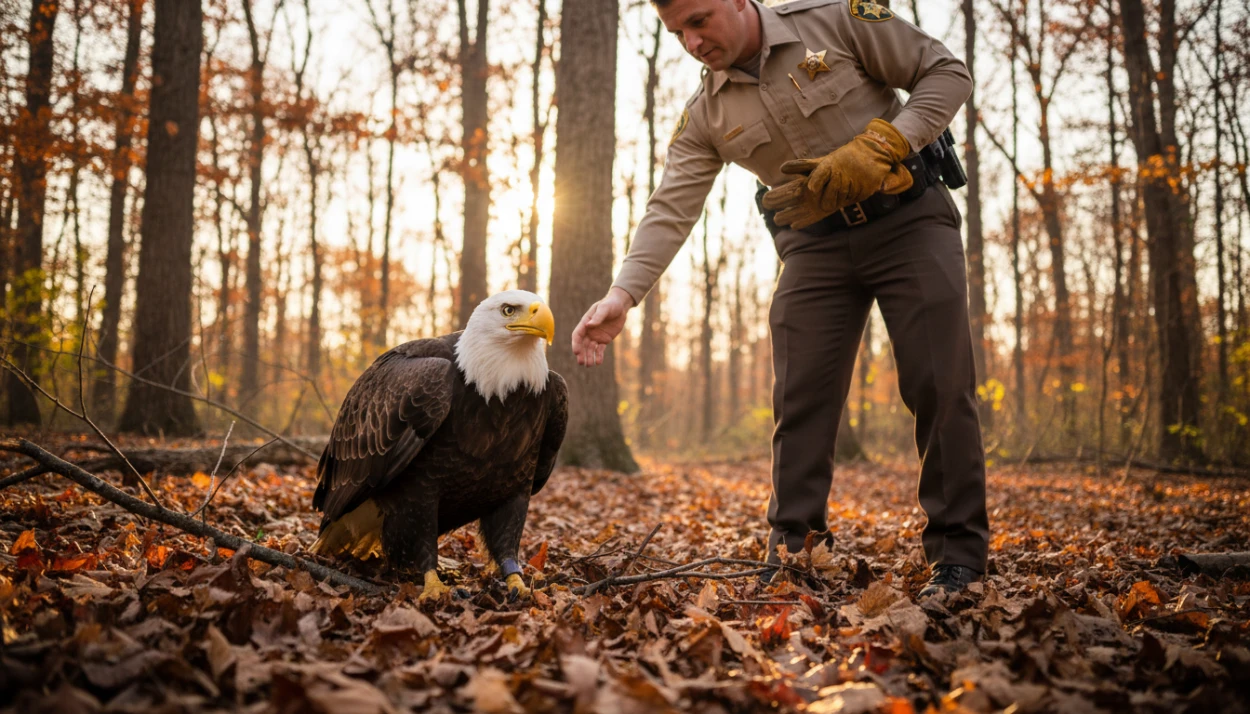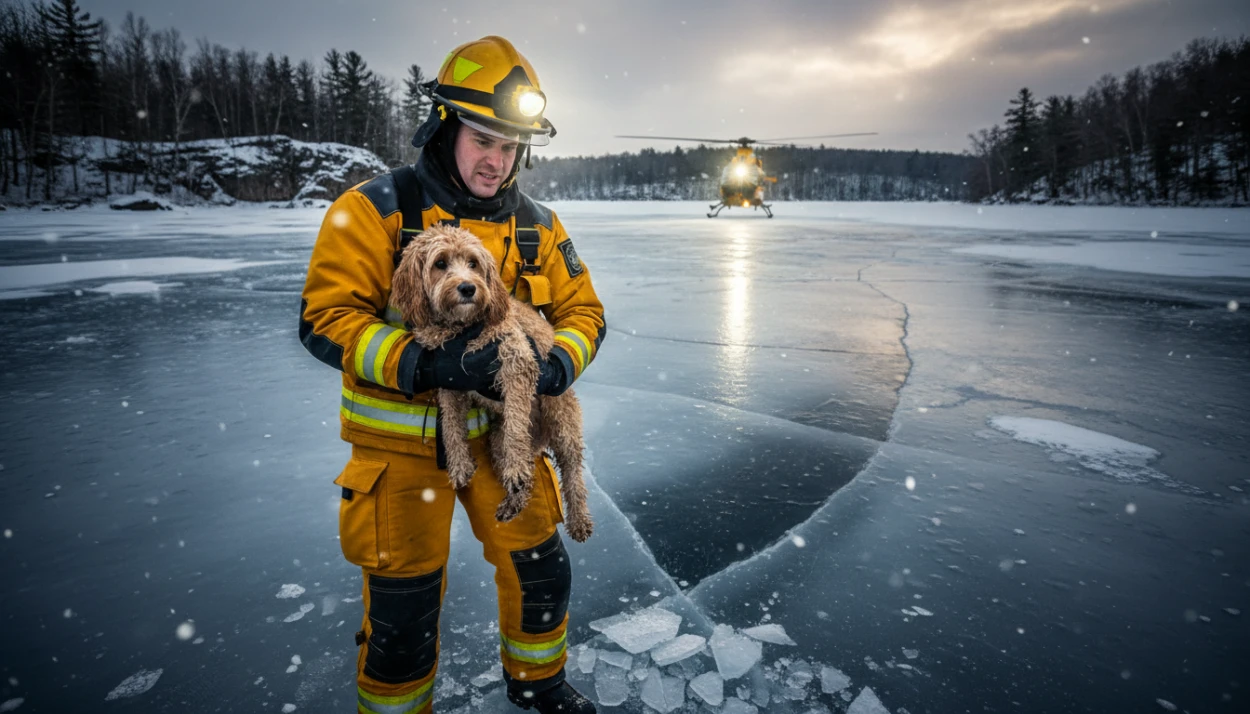Is the number of teeth in dogs the same as ours? As we lose our baby teeth, do they lose "puppy teeth" as well?
As puppies and as adults, dogs have different numbers of teeth, and they may lose teeth at any age.
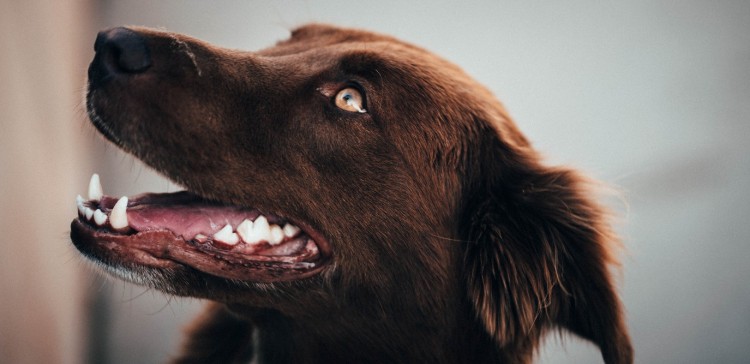
A dog should have how many teeth?
As a puppy grows into an adult dog, the number of teeth in his mouth will change.
The number of puppy teeth
Puppies are actually born without teeth; it's only after they reach three to four weeks of age that their puppy teeth emerge (formally known as deciduous teeth).
In general, puppies are usually all 28 teeth by the age of 3 to 5 months. Included in this group are incisors, canines, and premolars.
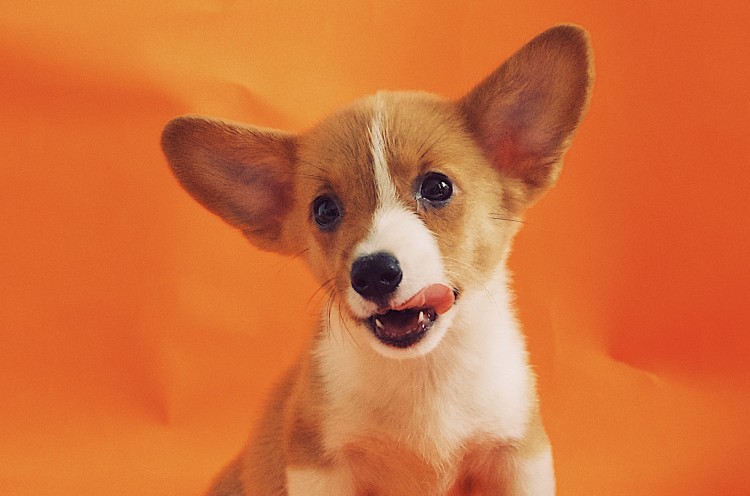
Puppy Teeth | ||||
| Type of Tooth | Upper Teeth | Lower Teeth | Age of Eruption (weeks) | Function |
| Incisors | 6 | 6 | 4-6 | Grasping |
| Canines | 2 | 2 | 3-5 | Tearing |
| Premolars | 6 | 6 | 5-6 | Grinding |
In some dogs, however (particularly toy or small breeds), puppies and adult teeth take longer to develop.
It's called retained teeth when puppy teeth don't fall out on their own and stay in the mouth of the puppy.
As a result, there may be overcrowding, resulting in abnormal positioning of adult teeth and increased susceptibility to periodontal problems.
It is generally thought that retained teeth are caused by genetics. Small breed dogs are more likely to suffer from retained teeth. For adult teeth to emerge, your veterinarian will have to remove these teeth surgically.
The Number of Adult Dog Teeth
Dogs' permanent teeth begin emerging between the ages of 3-7 months. The number of permanent teeth in an adult dog's mouth is 42, compared to 32 in a human.
The maxilla in their upper jaw is composed of 20 teeth, while the mandible in their lower jaw contains 22 teeth.
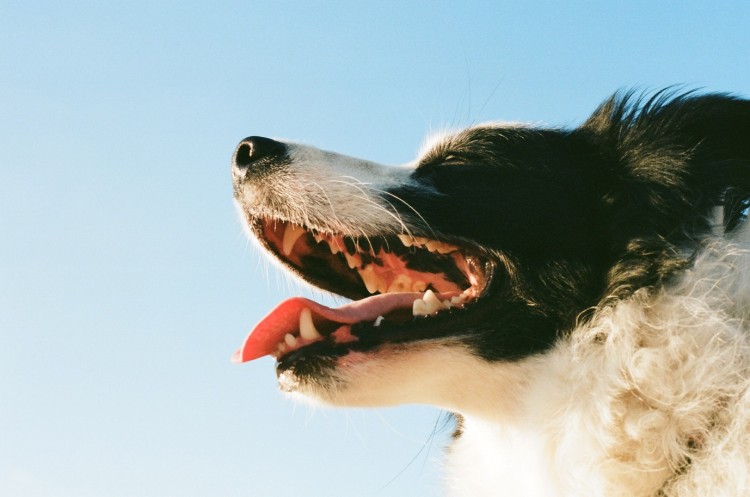
Different types of dog teeth
Canines, incisors, premolars, and molars are different types of teeth in dogs with different purposes. Listed below is an explanation of the purpose of each type of tooth that is located in the mouth:
Adult Canine Teeth | ||||
| Type of Tooth | Upper Teeth | Lower Teeth | Age of Eruption (months) | Function |
| Incisors | 6 | 6 | 2-5 | Grasping |
| Canines | 2 | 2 | 5-6 | Tearing |
| Premolars | 8 | 8 | 4-6 | Grinding |
| Molars | 4 | 6 | 4-7 | Grinding |
Incisors
Dogs have teeth in the front of their mouths that are called incisors. There are 6 incisors on the top and bottom jaws.
As well as grabbing food, the dog's incisors can also be used for grooming or chewing.
Both dogs and cats have one root per tooth and relatively small teeth.
Canines
Canines are the longest front teeth in the mouth that have the appearance of fangs.
Canines are found on both the upper and lower jaws of dogs, so they have 4 in total. They have well-developed, slightly curved teeth for better object grip.
The root of the canine tooth is also a single root.
Premolars
A premolar is located behind the canine. Eight premolars are on each side of an adult dog's top jaw, and eight on each side of the bottom jaw.
Food is ground up and sheared with these teeth.
It is believed that premolar teeth have between 1 and 2 roots that hold them in place in the mouth.
Molars
Dogs have molars at the back of their mouths. Premolars are similar to molars in many ways.
The top jaw has four molars and the bottom jaw has six. To make food easier to swallow and digest, the teeth grind food into small pieces.
Depending on how many roots they have, they can anchor in the dog's mouth with three to one root.
What Causes Dogs to Lose Their Teeth?
There is no reason for a dog to lose teeth except when they transition from puppy teeth into adult teeth. If you see your dog losing an adult tooth, make an appointment with your veterinarian right away.
These are the most common causes for dogs to lose their adult teeth.
Periodontal Disease
An advanced dental disease in a dog's mouth is the most common reason for them to lose teeth. In the absence of proper dental care-like brushing and veterinary dental cleanings-periodontitis can cause diseased gums and decaying teeth.
Dogs' bodies naturally reject decaying teeth, but the process can be uncomfortable and painful for them, and in severe cases, it can cause a life-threatening infection.
Further studies have linked dental disease to systemic health problems affecting the heart, liver and kidneys. Symptoms of a dog's mouth infection can spread to other parts of the body if left untreated.
Trauma
A dog can lose teeth as a result of trauma, such as chewing on the wrong object or being injured in their mouth.
Dense minerals or bone are commonly found in items that cause fractures or tooth loss.
It is best to avoid giving your dog bones such as beef bones or pork bones because these are too hard to chew on and can cause fractures and damage to their teeth.
Decay of the teeth
It is not surprising that dogs' teeth decay and wear and tear much more quickly than our own, partly because they are more likely to use them for other activities than eating and drinking.
Teeth are used for picking things up, carrying things, and chewing. As well as food and feces, dogs' mouths also pass various things, such as slobbery toys, hair, dirt, and feces. This can negatively affect their dental health.
A dog's teeth can decay at an extraordinarily fast rate (especially those of small breeds and Greyhounds), often requiring extractions by a vet.
Veterinary professionals often recommend that pet owners have their teeth cleaned under general anesthesia and that any diseased teeth be extracted as soon as possible. Veterinary professionals perform this procedure every day.
An infected tooth can cause much more pain to your dog's mouth if it is left behind rather than being removed. As a matter of fact, dogs can eat just fine without their teeth if necessary.
Make sure your dog's teeth are healthy
It's so important to keep your pet's mouth healthy so they can live a long and healthy life.
A veterinarian should be consulted if you notice that your dog's teeth are falling out, his teeth are loose or wiggly or his breath is getting worse.
Despite the fact that your pet appears to just have lost one tooth, it is likely they have more diseased teeth that need to be removed.
Consult your veterinarian about your pet's dental health right away, before it becomes malnourished. You can discuss your dog's dental health during your pet's annual examination before there is a problem.





